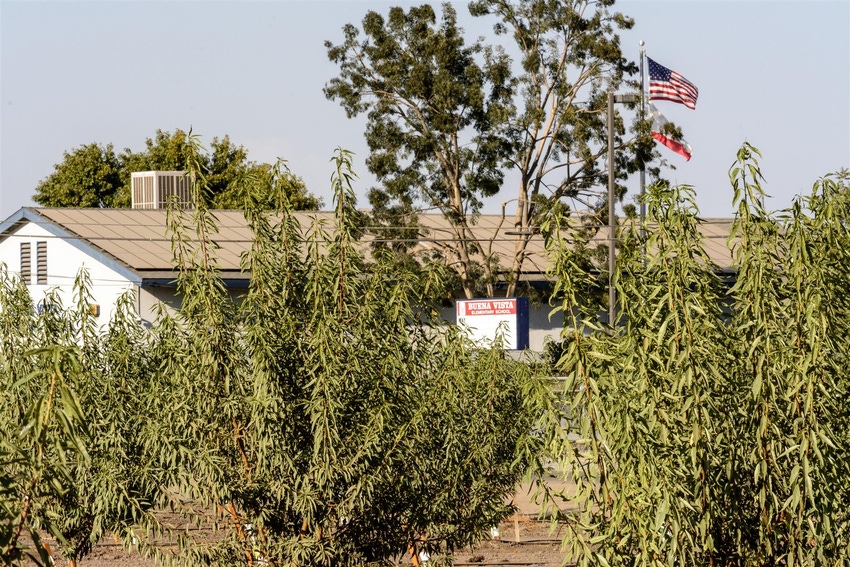October 19, 2016

The latest round of proposed regulations out of the California Department of Pesticide Regulation (DPR) appears to be a solution looking for a problem.
DPR recently announced that it wants to further tighten pesticide use near schools by limiting the time of day crop protection products can be applied.
The stated purpose for the proposed regulations is to “provide additional protection to school children by providing minimum statewide standards for agricultural pesticide applications near schools and child day care facilities.”
The regulations apply only to public K-12 schools. Private schools and colleges are not included in the regulations.
In short, growers would be prohibited from using pesticides within a quarter-mile of public K-12 schools and day-care facilities, Monday through Friday from 6 a.m. to 6 p.m. The new rule would also require annual or application-specific notification of school officials when these applications are made.
Those I spoke with in the agriculture industry call the proposal “completely unnecessary,” saying it ignores local safeguards legally established by county agricultural commissioners.
Roger Isom, president of the California Cotton Ginners and Growers Associations, says the measure is completely unnecessary and could force the shut-down of a cotton gin in Kern County that shares a property line with a public school.
“We are already under very strict requirements around schools,” Isom says. “This is strictly due to political pressure by activists.”
Isom says DPR was asked, but failed to provide specific science-based reasoning to support the proposal.
Tulare County Agricultural Commissioner Marilyn Kinoshita said her office feels “thrown under the bus” by DPR after the state requested pesticide incident reports involving schools from 2011-2014.
Kinoshita says Tulare County had none. Neither did Kern County, according to Ag Commissioner Ruben Arroyo. That didn’t keep DPR from going back even further to find problems now addressed by local regulations.
In many cases, county agricultural commissioners have authority to tighten local restrictions based on local needs, and in such cases have implemented their own tighter restrictions.
Rather than praise local agricultural commissioners and growers in the two largest farming counties with zero incidents associated with schools, DPR dug up 120 complaints on or near schools statewide, out of a total of nearly 1,800 incidents.
The DPR report does not indicate how many of those pesticide complaints related to commercial agriculture. Instead it cites illustrations related to site-specific violations that appear to have nothing to do with farming operations.
These examples include:
An applicator not wearing protective equipment while spraying;
A pest control business that did not use service container labels on bait stations;
Pesticides being used by untrained school personnel;
Improper ventilation before allowing reentry into a treated area; and,
Pesticides not secured or properly stored.
Again, none of the cited examples appeared to involve commercial agriculture.
Isom alleges the latest round of regulations is the result of activist groups pushing for one-mile buffer zones around schools and other more onerous restrictions. DPR is currently suggesting one-quarter mile buffers.
Even DPR admits that the risk of illness from the labeled and careful use of approved products is quite low, though not non-existent.
Growers and those interested in the issue still have time to read and respond to the DPR proposal. Information is available online and three meetings are planned for public input.
Those meetings will take place in the following locations:
Nov. 15: 6 p.m., Oxnard Performing Arts and Convention Center; Oxnard Room, 800 Hobson Way, Oxnard; and,
Nov. 16: 6 p.m., Tulare Veterans Memorial Building, 1771 E. Tulare Ave., Tulare.
Dec. 1: 6 p.m., Salinas Sports Complex, Exhibition Mall, 1034 N. Main St., Salinas
Public comments can be submitted anytime until Dec. 9.
You May Also Like




